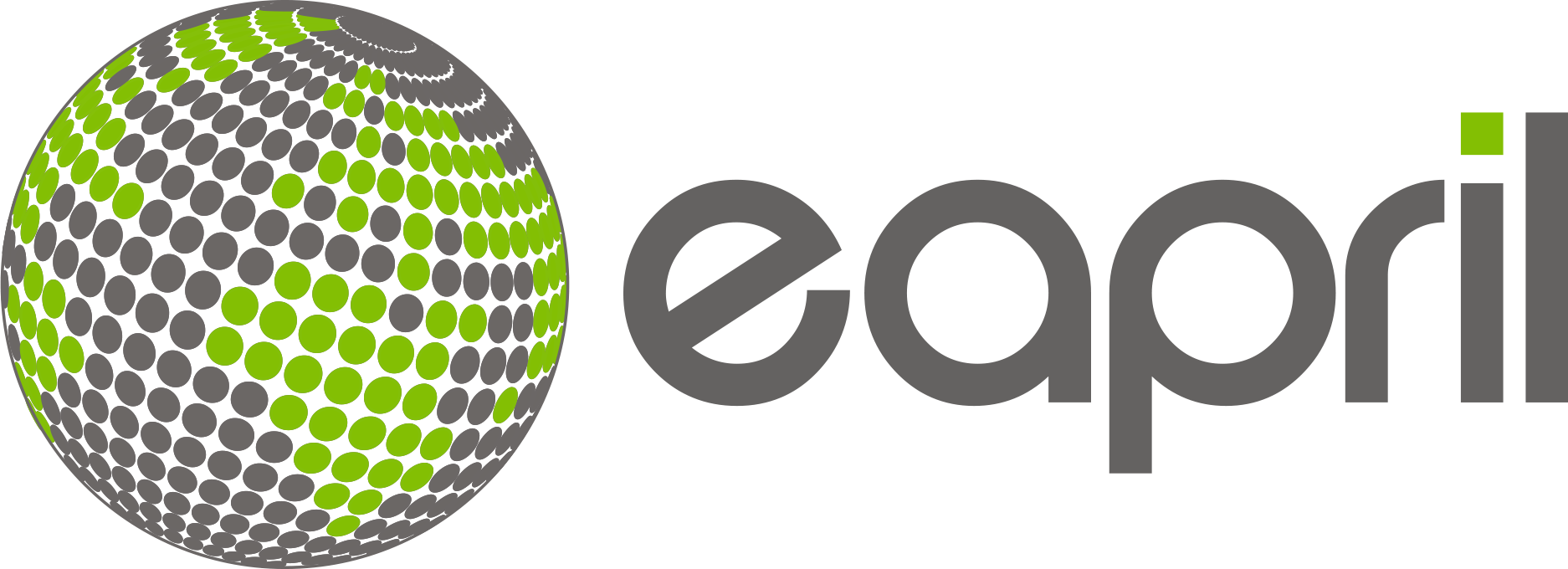Article written by Marit Kulild, Høgskulen på Vestlandet, Bergen, Norway and Francine Behnen, NHL Stenden, Leeuwarden, The Netherlands
As teacher educators one of our main tasks is to support teachers (students) as they strive to find answers to their own questions of practice and to develop themselves personally and professionally (Fisher, 2009). In both our countries, Norway and The Netherlands, innovations and improvements of our teacher training programs are being sought by levelling traditional barriers between various stakeholders within the teacher education programs (Canrinus, Klette & Hammerness, 2019) like the teacher training institute, practice schools, outdoor education facilities, museums and educational needs facilities and focusing on what teachers do and think as an agent for educational change (Fullan, 2007).
We found common ground in the idea that teacher training should support students to develop their agency. Agency has been a longstanding assumption in Western societies since the Enlightenment (Lipponen & Kumpulainen, 2011) and refers to individuals’ active participation and shaping of realities. Agency is generally recognized as an important condition for learning, successful functioning in a workplace and other spheres of life (Billett, 2006). At the same time, we acknowledge that teaching is a craft that demands sound routines and at the same time the agility to adapt these routines to the unpredictable circumstances that teachers find themselves in (Koenders & Mazereeuw, 2020). In order to master both routines and agility we agreed that it is important to design learning environments that are both supporting and challenging to our TS.
We presume that communication across national borders can also contribute to improvements in teacher education. We point to a few key-characteristics which we think might be important for designing sustainable teacher training. The metaphor of a ‘playground’ might help to identify what needs to be available in or on or around the playground to allow TS to play, have successes and failures and identify what worked, what not and why.
In our next blogpost we will delve deeper into the characteristics we found in the innovations and improvements of our teaching training programs that are currently taking place.
References:
Coenders, M. Naar een leerarchitectuur voor Wendbaar Vakmanschap. https://www.researchgate.net/profile/Marco_Mazereeuw/publication/339536583_Wendbaar_Vakmanschap_Leren_in_contexten/links/5e57d5f192851cefa1c8e742/Wendbaar-Vakmanschap-Leren-in-contexten.pdf#page=105
Fullan, M. (2007). The new meaning of educational change. Routledge.
Share this post
About the author
Lorem, ipsum dolor sit amet consectetur adipisicing elit. Doloribus incidunt esse labore sint, sequi commodi reprehenderit quos dicta nesciunt quasi tempora nobis amet tenetur suscipit quisquam adipisci minus autem fuga.
